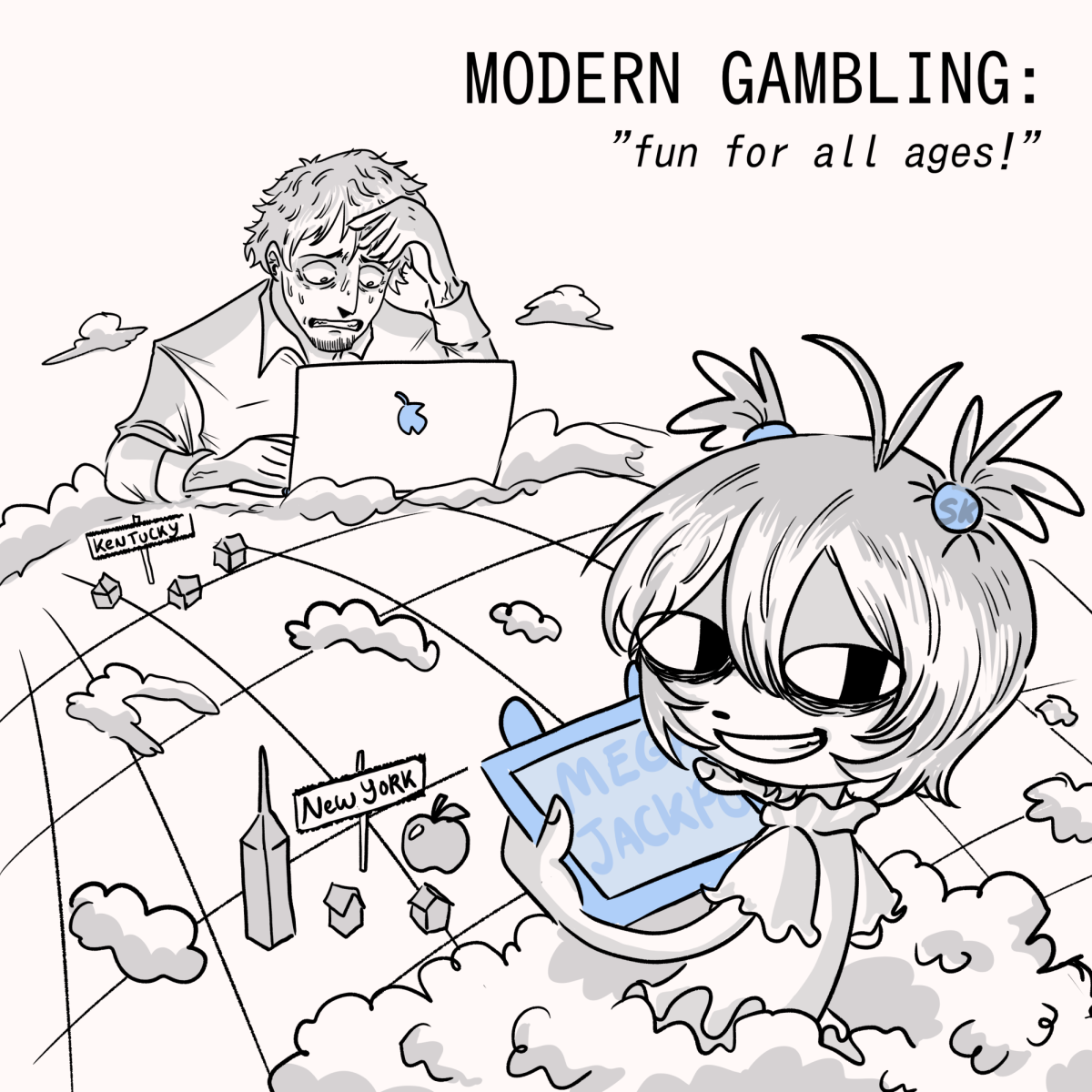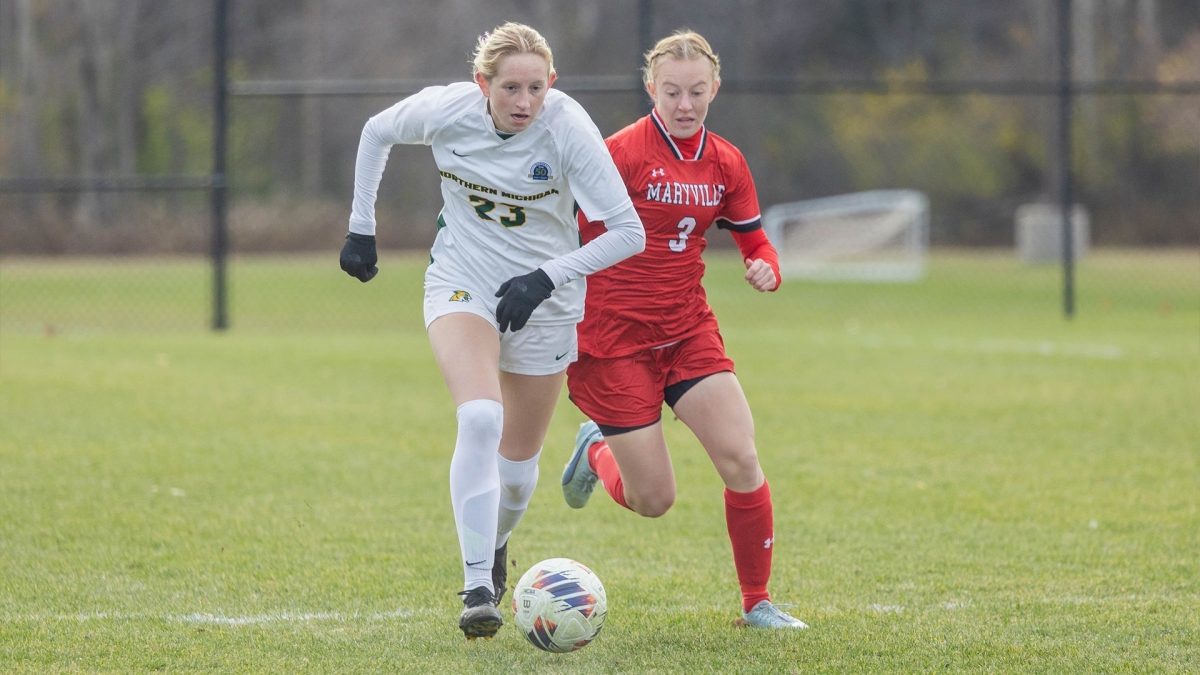As winter drags on and spring break looms on the horizon, students at Northern are flocking to the local tanning salons. But whether students are going for improved physical appearances or a brightened mood, they could be putting serious health risks on the back burner.
Jessie Miller-LaPlaunt and Barbara Jean Albrecht Nebel are the owners of Sunchaser Salon in Marquette. They said they see about 75 customers a day in their tanning beds and about 90 percent of those customers are NMU students.
“Most of the students come in around this time of year preparing for spring break and are heading someplace with lots of sun exposure,” said Miller-LaPlaunt.
Besides spring break, some NMU students decide to tan for a boost in their mood, said Amanda Jordan, a junior social work major.
“The warm tanning beds cheer me up through the long winter season,” said Jordan. “I’ve been tanning a couple times a month since I was 16.”
Although many students enjoy the warmth of tanning beds, the American Academy of Dermatology (AAD) reported that UV radiation levels in indoor tanning devices can be up to 15 times more than what one would experience when exposed to sun rays.
Milton Soderberg, a dermatologist at the Upper Peninsula Medical Center, has practiced for over 30 years. Soderberg said he doesn’t advise anyone to tan unless recommended to for acne, eczema or psoriasis.
“On average, I see at least two patients with skin cancer a day and many times it is associated with the use of frequent tanning,” he said.
While tanning beds are popular, not all NMU students are giving into the trend. Ara Wittwer, a junior athletic training major, said she doesn’t use tanning beds.
“It’s simply not healthy,” Wittwer said.
Many other students on campus have a similar attitude, declining to tan for health reasons or otherwise.
“It’s too expensive and definitely not healthy,” said Michelle Brittnacher, a junior nursing major.
Sunchaser Salon charges $30 for 30 days of unlimited tanning under its student rate.
Amber Shumard, a junior French and Spanish major, said she decided to forgo the tanning bed when a family member was faced with skin cancer.
“My grandma got skin cancer after having tanned from age 20 to 60,” she said. “She had to have a chunk of skin taken from her back and that basically freaked me out of tanning.”
According to the AAD, one in four Americans will develop some form of cancer during their lifetime. Additionally, the AAD predicted 108,230 new cases of melanoma for 2007.
According to the Skin Cancer Foundation, many people have misconceptions on tanning and tan for reasons that are unnecessary. This can include tanning to increase one’s levels of vitamin D. Vitamin D has been shown to improve mood as well as prevent breast, prostate and colon cancer. People also tan to try to prevent melanoma by building up the protective pigment melanin before high sun exposure. This is commonly referred to as base tanning and is often done before students leave for spring break.
But Soderberg said base tanning is simply a way to create extra damage to one’s skin.
“If you want to prevent sunburn, use tanning lotions. They work much better than they have in the past,” he said. “But for those who insist on [indoor tanning], be sure to use proper preparation, such as indoor tanning lotions,” he added.
Even with the health risks, some students can’t resist heading to the salon.
“I tan on occasion even though I know many of the risks,” said Michelle Ehmer, a senior community health education major. “It might sound a bit stupid, but a lot of times I go to feel better, not to get a tan.”























